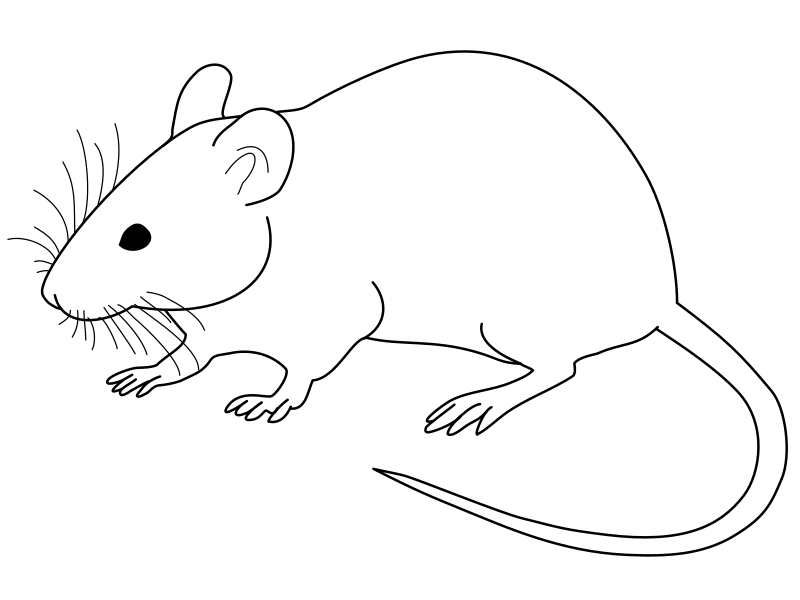The groundbreaking OncoMouse, the first genetically modified animal to be patented, received U.S. Patent 4,736,866 on April 12, 1988. The presence of an active cancer gene in these animals made them highly susceptible to developing cancer. This characteristic scientists believed would make OncoMouse a valuable model for cancer research. This pioneering patent sparked discussions about innovation, ethics, and the future of genetic research, setting the stage for a new era in biotechnology.
The journey to the OncoMouse patent began in early 1983, when two Harvard University researchers, Philip Leder and Timothy Stewart, injected known cancer genes into mouse embryos shortly after fertilization. This genetic alteration, in addition to increasing the likelihood of cancer, ensured the passage of cancer genes to the offspring. The American chemical corporation DuPont played a significant role in this study, leading to its exclusive distribution rights when Harvard granted the business priority to license the patent.
The OncoMouse patent ignited intense legal and ethical debates. Critics argued that patenting life could lead to unethical genetic manipulation and the commodification of living organisms. This patent set a standard for biotech patents and influenced lawsuits involving human DNA and other genetically engineered species. The approval of the patent in the United States and its rejection in Canada and Europe, where higher life forms were deemed unpatentable, underscored the complex ethical considerations in genetic research.
The OncoMouse, a game-changer in cancer research, also sparked global discussions on genetic patenting systems. Even after the patent’s expiration in 2005, its influence continues to shape modern intellectual property laws and biomedical research. The development of genetically modified laboratory mice is a pivotal moment in the history of genetic engineering and biotechnology, with the OncoMouse patent playing a significant role in this evolution.

